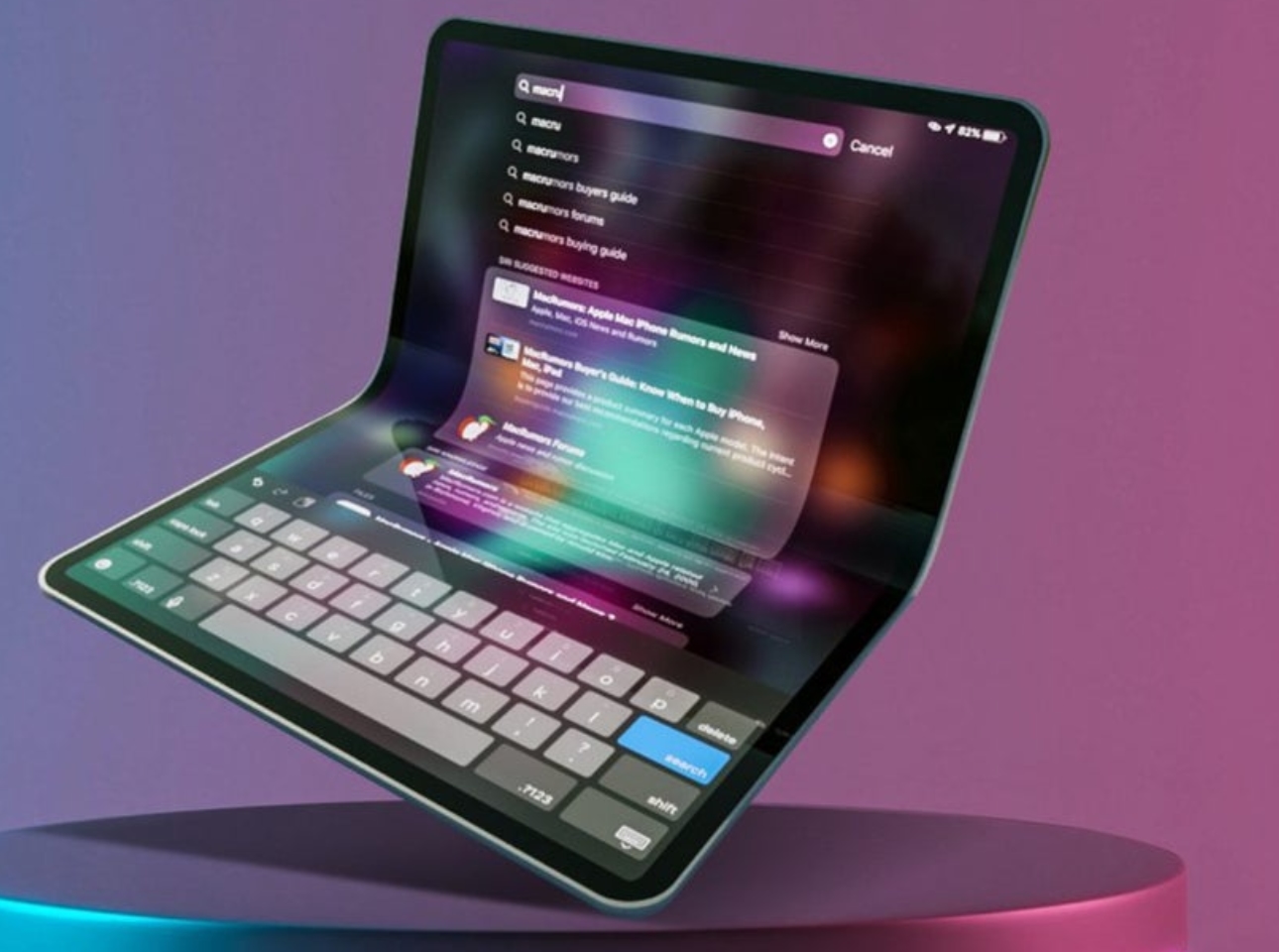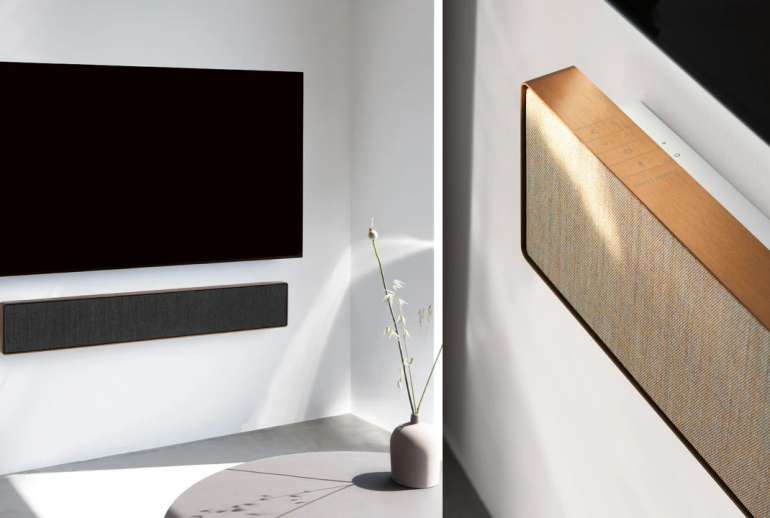Apple is making significant strides in foldable technology, with recent leaks suggesting a foldable iPhone could debut as early as Fall 2026. This device is expected to embody Apple’s signature design philosophy, focusing on durability, seamless integration with iOS, and a book-style form factor that rivals the Galaxy Z Fold series.
According to insider information, the foldable mechanism will be positioned on the left rear side of the device, allowing for a folded thickness of 9.2mm and an impressively thin 4.6mm profile when opened. The internal display is described as expansive, offering a screen size comparable to two 6.1-inch iPhones placed side by side, which would exceed 12 inches. This positions the device in a league of its own, surpassing the Samsung Galaxy Z Fold 6’s 7.6-inch display and potentially setting a new standard for foldable smartphones.
Apple’s material selection reflects a careful balance between strength and weight. The midframe is likely to be crafted from aluminum, while the hinge, designed in-house, will utilize components from Amphenol and Taiwan’s Xinyiheng. Notably, Apple is investing in a specialized version of UTG Blue for the display, a material renowned for its flexibility and clarity. With Samsung as the exclusive supplier, this ensures that Apple’s first foldable device benefits from refined technology tested in existing folding devices.
The camera setup on the foldable iPhone is rumored to include a main and ultrawide lens on the rear, mirroring the configuration found in base iPhone models. While this setup is standard, the absence of a telephoto lens might disappoint users accustomed to Pro-level photography. The front camera is expected to feature Apple’s Meta Lens ultra-thin technology, with contributions from manufacturers like Largan and Sunwoo.
Battery life is a critical concern for foldable devices, and Apple seems to be addressing this with a dual-battery system featuring stainless steel casings and a combined capacity estimated to be around 5,000mAh. Although Apple rarely discloses specific battery capacities, this estimate suggests the company is prioritizing longevity, especially given the increased power demands of a large folding display. The challenge will be balancing performance with heat dissipation, particularly when paired with the next-generation A-series chip.
Pricing remains uncertain, but production costs are substantial. The body alone is estimated to cost between $80 and $90, the hinge around $110, and the display between $90 and $100. Given that foldable devices already command premium prices and Apple’s tendency to position new categories at the high end, this iPhone could easily surpass the $2,000 mark, placing it in the same pricing tier as Apple’s Vision Pro.
With a confirmed launch window of Fall 2026, Apple has ample time to refine the product, ensuring it meets expectations for durability, display quality, and seamless software integration. Foxconn is expected to handle exclusive manufacturing initially, with Luxshare joining in 2027 as production scales up. The long lead time indicates that Apple is focused on ensuring the technology is mature enough to avoid the pitfalls that plagued early foldable models from competitors.
For consumers, the biggest advantage of Apple’s foldable iPhone lies in its potential to merge the portability of a phone with the productivity of a tablet. A 12-inch display would enable immersive multitasking, expanded iOS optimizations for foldable screens, and a new approach to content consumption and mobile gaming. However, durability, weight, and long-term hinge reliability remain open questions.
Apple’s entrance into the foldable market is significant not just for existing iPhone users but for the industry as a whole. A successful launch could push more developers to optimize apps for larger foldable screens, refine hinge and display technology, and potentially shift the landscape of premium smartphones. With nearly two years until release, more details are bound to surface, but this leak provides the clearest picture yet of what Apple’s first foldable iPhone will bring to the table.



